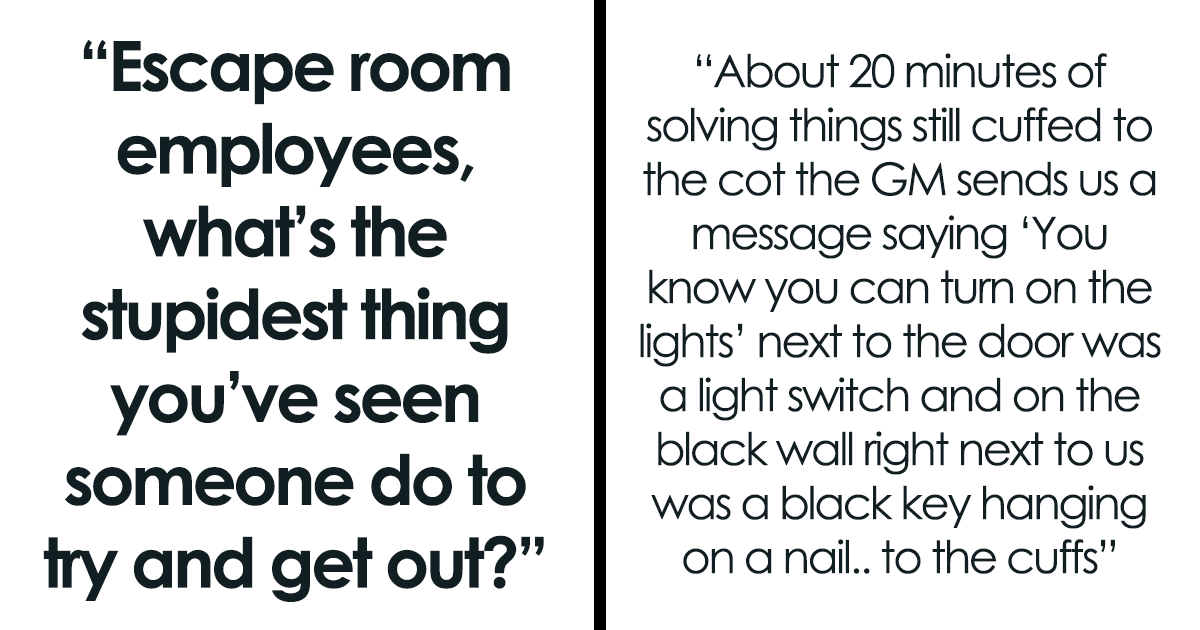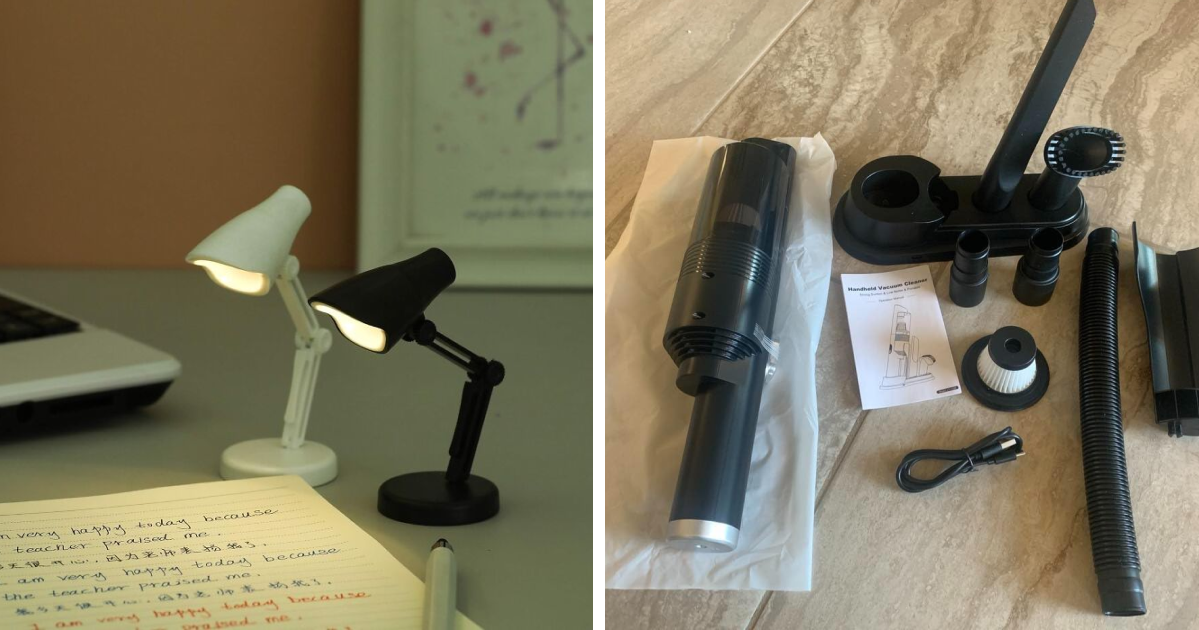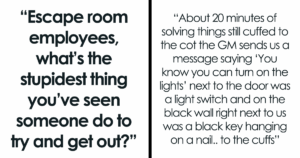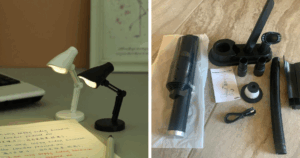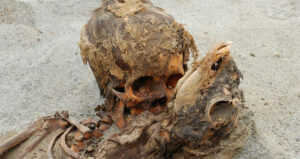26 Surprisingly Brilliantly Engineered Everyday Items You Won’t Believe Are So Affordable
Like, someone figured out how to harness so much energy into that thing???
It’s me admitting that I can barely tie my shoes, and here are people just casually throwing atoms together to make my car go zoom.
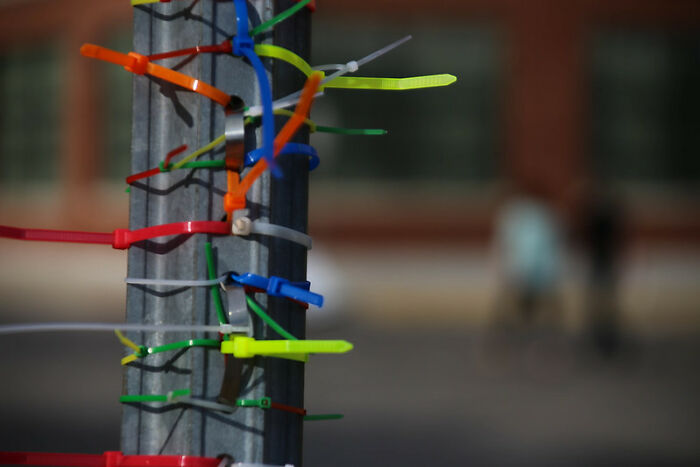 larryb78 said:
larryb78 said:
Zip ties. Such a simple piece of plastic but so versatile. I have one of the old fashioned chain link fences, some of the fasteners on the middle poles broke and in high winds the fence was swaying like crazy. A half dozen zip ties on the three posts and it doesn’t budge and nobody even knows they’re there.
loverlyone replied:
My son rebuilt the front of his car with them time and again. He’s a genius with a zip tie. With not hitting the car in front of him, not so much.
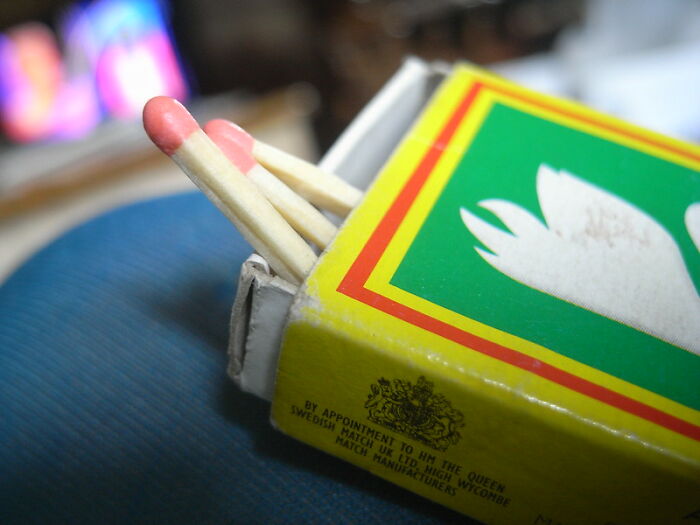 the27thQuestioner said:
the27thQuestioner said:
Matches.
SultanOfSwave replied:
Matches are underappreciated because people don’t really understand how complex a match and striker are.
From the Encyclopedia Britannica….
“The head of a match uses antimony trisulfide for fuel. Potassium chlorate helps that fuel burn and is basically the key to ignition, while ammonium phosphate prevents the match from smoking too much when it’s extinguished. Wax helps the flame travel down the matchstick and glue holds all the stuff together. The dye– well, that just makes it look pretty. On the striking surface, there’s powdered glass for friction and red phosphorus to ignite the flame.
Now, the fun stuff– striking a match against the powdered glass on the matchbox creates friction. Heat from this friction converts the red phosphorus into white phosphorus. That white phosphorus is extremely volatile and reacts with oxygen in the air, causing it to ignite. All this heat ignites the potassium chlorate, creating the flame you see here.

